
adds an one-click button to the header which allows for instant sleep, reboot, shutdown of the system or array start/stop.
Browse our large and growing catalog of applications to run in your Unraid server.

adds an one-click button to the header which allows for instant sleep, reboot, shutdown of the system or array start/stop.
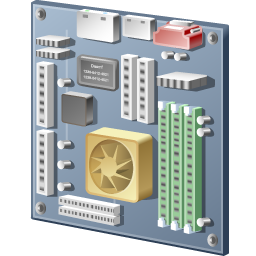
shows various details of your system hardware and BIOS. This includes processor, memory and sub-system components.

shows in real-time the disk utilizations and critical system recources, such CPU usage, memory usage, interface bandwidth and disk I/O bandwidth.

shows in real-time the temperature of the system CPU and motherboard. Temperatures can be displayed in Celsius or Fahrenheit. Your hardware must support the necessary probes, and additional software drivers may be required too. This plugin requires PERL, this package needs to be installed separately.

This package contains GUI support for WireGuard. WireGuard allows to set up VPN tunnels for various requirements, such as remote server access or Internet over VPN.
This plugin allows you to create backups of your virtual machines (VMs) and docker containers. Additionally you can create snapshots of the VMs.
This plugin enhances the built-in Syslog page to view the system log with highlighted lines. You can enable or disable event highlighting and set your own colors for each event. You can add your own search string to highlight in the log.
This plugin displays recent write/modify file activity on each disk, UD disks, and the cache in the Array. It can help to understand why disks are spinning up from write/modify file and directory activity.

This package contains the Firewire Drivers and installs them to utilize them.

Fix Common Problems is designed to find and suggest solutions to common unRaid configuration errors, common problems, etc.
A simple plugin designed to remount your Unraid flash boot drive if it should inadvertently be dropped from the system
FolderView lets you create folders for grouping Dockers and VMs together to help with organization. Especially useful if you're using docker-compose. Getting Started: A new button named "Add Folder" will appear at the bottom of the docker and VM tab(s) next to "Add Container", depending on whether they are enabled in Settings or not.

This plugin parses GPU statistic data from vendor specific utilities and displays a subset of them on the dashboard. From version 6.12 onwards can support multiple GPUs on the dashboard and supports multiple Intel GPUs iGPU and ARC.
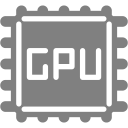
This plugin parses GPU statistic data from vendor specific utilities and displays a subset of them on the dashboard.
A simple plugin that indexes all of the pages in the GUI and allows you to search for them. No more wondering if the page is in Utilities, Tools, or System Information

The Hailo RT (Real-Time) is a specialized AI processor designed to deliver high-performance and efficient edge computing capabilities. It excels in performing real-time AI inference tasks, making it ideal for applications such as video analytics, autonomous vehicles, and industrial IoT. This plugin provides the necessary drivers to leverage the Hailo RT processor, enhancing the performance and efficiency of AI-driven edge computing tasks on supported hardware. This plugin also contains the binary 'hailostatus' to display various device statistics which is based on this repository: https://github.com/ssttevee/zig-hailo
This Plugin enables/disables HBA mode on some HP Smart Array controllers and installs the tool 'hpsahba'. As mentioned in the Github Repo: CAUTION: This tool will destroy your data and may damage your hardware! For further information go to the source Github repository: https://github.com/im-0/hpsahba. Warning, this "workaround" comes with a few downsides: - You have to set the controller type to SAT to get temperature readings. - TRIM might now work (needs further testing). Tested on following hardware so far: HP Smart Array P410i HP Smart Array P420i Firmware Version 6.0 HP Smart Array P812 Hewlett-Packard Company Smart Array G6 controllers / P410 (PCI ID: 103c:323a, board ID: 0x3243103c, firmware: 6.64) Hewlett-Packard Company Smart Array G6 controllers / P212 (PCI ID: 103c:323a, board ID: 0x3241103c, firmware: 6.64)

Intel Graphics SR-IOV is Intel's latest virtualization technology for graphics. Single Root I/O Virtualization (SR-IOV) defines a standard method for sharing a physical device function by partitioning the device into multiple virtual functions. Each virtual function is directly assigned to a virtual machine, thereby achieving near-native performance for the virtual machine. Check the link below to confirm if your integrated graphics support SR-IOV. https://www.intel.com/content/www/us/en/support/articles/000093216/graphics.html

This plugin adds the tool 'intel_gpu_top' to your unRAID server and also enables your Intel iGPU from the installation of this plugin on, so no editis to the 'go' file or creation of other files are necessary. To see the usage of your iGPU open up the unRAID Terminal and type in 'intel_gpu_top' (without quotes). This plugin is based on parts of the Intel-GPU-Tools package and containes only 'intel_gpu_top' to monitor your iGPU usage natively in a unRAID Terminal. This plugin satisfies installation prerequisites of the GPU Statistics plugin from Community Apps. With both plugins installed you can display Intel GPU utilization on the unRAID Dashboard.
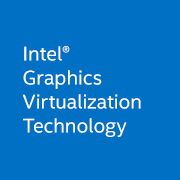
Intel-GVT-g is a technology that provides mediated device passthrough for Intel iGPUs (Broadwell and newer). It can be used to virtualize the iGPU for multiple guest virtual machines and also in Docker containers, effectively providing near-native graphics performance in the virtual machine and still letting your host use the virtualized iGPU normally. This is useful if you want accelerated graphics in Windows virtual machines running without dedicated GPUs for full device passthrough. This means less power consumption, less heat output and better performance for your VMs.
(No Dependencies/No Python Required) iotop-c is a command line utility that identifies processes causing a high amount of input/output requests on your machine.

The ipmi plugin allows you to view your system sensors and events using your ipmi hardware. Allows for local or remote access and event notification.

This Plugin will install all necessary software and dependencies for iSCSI, on the bottom of the settings page will be also the utility to configure your iSCSI Targets (the configuration utility is still in beta and will not affect the functionallity of the iSCSI Targets itself). Targetcli package provided by ich777.

This Plugin allows you to connect to one or more iSCSI Target(s) and mount the Volume(s) to unRAID.
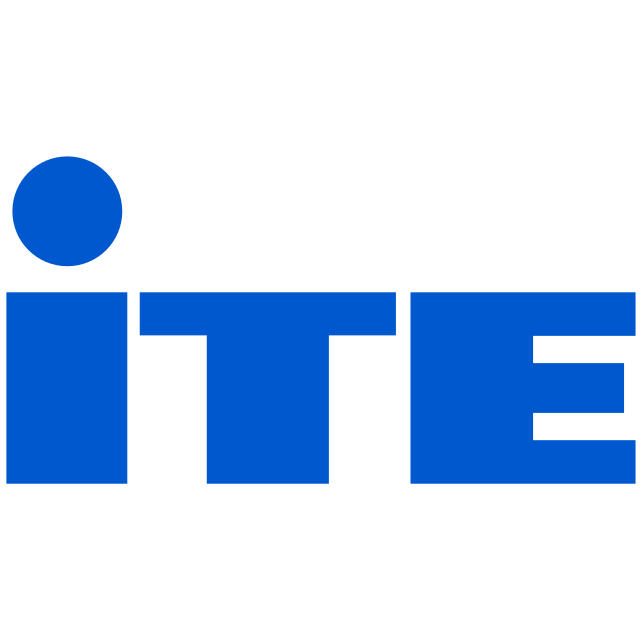
This package contains a modified version from the ITE IT87 Drivers to get compatibility with chips like IT8686E,.. and installs them for using it with the Dynamix System Temperature Plugin.

This plugin is a wrapper for reading the files used by emhttpd for displaying various statistics, the files are read from /var/local/emhttp/*.ini and are converted to JSON for easy access by services/applications like Home Assistant. Please note there is no frontend, please visit the support thread for usage instructions.
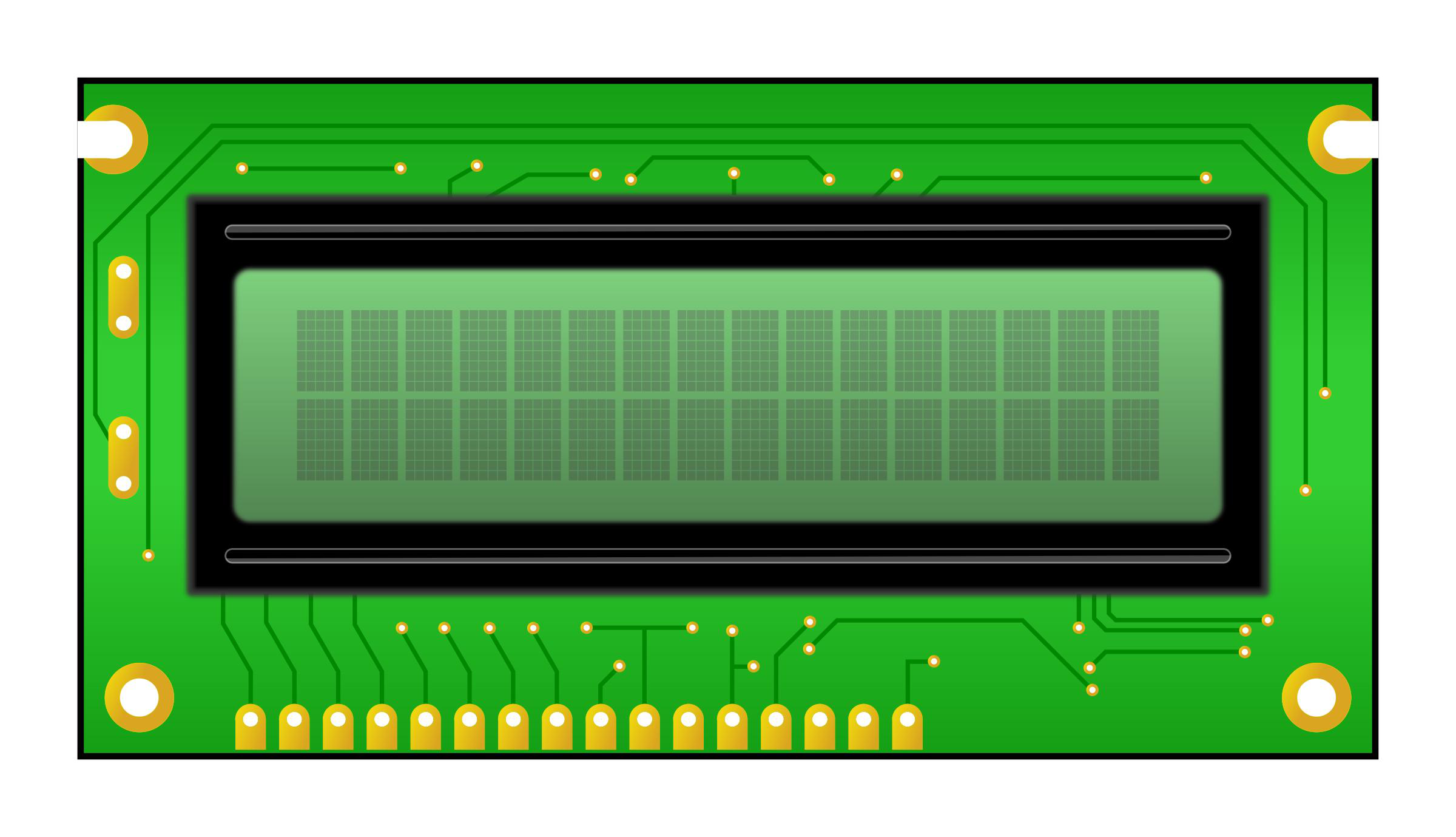
Install for LCDd and lcdproc to support LCD Screens. A QNAP lcd device is icp_a106, Futher panels will be added in the future along with unRAID specific screens.
A Plugin for Hot-plugging USB Devices to Running VMs. Libvirt Hotplug USB allows mounting of USB Devices (e.g. Keyboard, Mouse, iPhone, FlashDrive, etc) on running VMs. It uses virsh to attach the Devices which avoids Conflicts between different VMs.
A diagnostic plugin that lets you test your RAM without needing to reboot.

A plugin that integrates a Link Layer Discovery Protocol service into UNRAID systems (speaking LLDP, CDP, FDP, SONMP and EDP). LLDP allows you to know exactly on which port is a server (and reciprocally). LLDP is an industry standard protocol designed to supplant proprietary Link-Layer protocols. The goal of LLDP is to provide an inter-vendor compatible mechanism to deliver Link-Layer notifications to adjacent network devices.